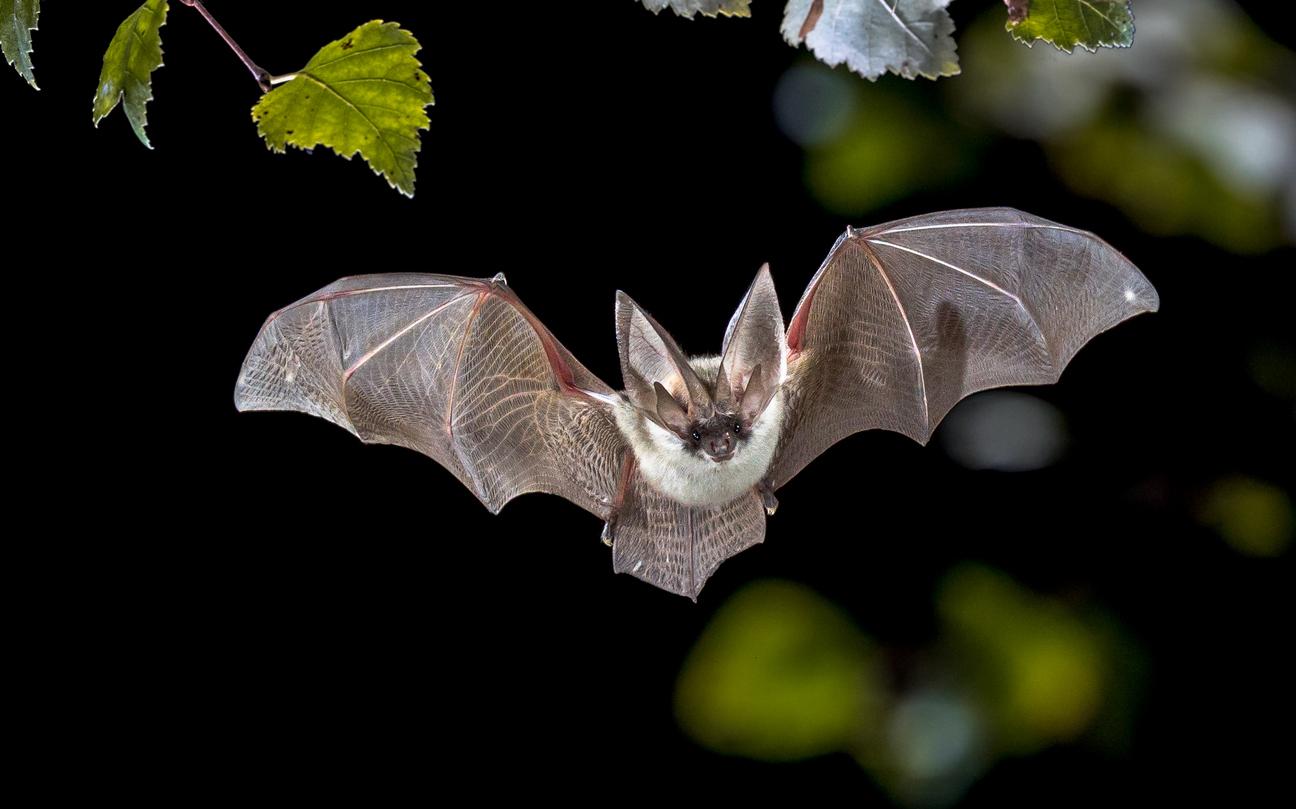Six new coronaviruses have been discovered in bats in Myanmar. While their potential for transmission still needs to be studied, researchers highlight the importance of monitoring zoonoses in order to prevent pandemics before they occur.
-1587047107.jpg)
While carrying out biomonitoring of animals and people to better understand the circumstances of the spread of diseases, researchers mainly from the Smithsonian’s National Zoo and Conservation Biology Institute (USA) discovered six new coronaviruses in bats in Myanmar. The results of their work have been published in a study published in the scientific journal PLOS One.
“Viral pandemics remind us how closely human health is intertwined with that of wildlife and the environment.says Marc Valitutto, the study’s lead author and former wildlife veterinarian with the Smithsonian’s Global Health Program, in a communicated published on the Smithsonian’s National Zoo and Conservation Biology Institute website. Around the world, humans are interacting with wildlife with increasing frequency. So the more we understand about these viruses in animals — what allows them to mutate and how they spread to other species — the better we can reduce their pandemic potential.”
Upcoming studies to assess transmission potential
To carry out their work, the researchers collected more than 750 samples of bat saliva and feces between May 2016 and August 2018. They focused on sites in Myanmar where humans are more likely to come into close contact with local wildlife. Result: several thousand coronaviruses would be present in bats.
Scientists identified six new ones for the first time, along with a coronavirus that had already been discovered elsewhere in Southeast Asia. According to the researchers, these new coronaviruses are not closely linked to SARS CoV-1, MERS or even Covid-19, all of which are responsible for diseases developed internationally. Nevertheless, future studies are needed to assess the transmission potential of these new coronaviruses to other species, in order to better understand the risks to human health.
The importance of zoonotic disease surveillance
For the authors, their discovery highlights the importance of monitoring diseases or infections that are transmitted from animals to humans, called zoonoses, as soon as they appear in wildlife. Thus, the result of their study should guide future monitoring of bat populations. Objective: to better detect potential viral threats to public health.
“Many coronaviruses might not pose a risk to humans, but when we identify these diseases very early in animals, at the source, we have a great opportunity to study the potential threatsays Suzan Murray, director of the Smithsonian’s Global Health Program and one of the co-authors of the study. Increased surveillance, research, and education are the best tools we have to prevent pandemics before they happen..”
.

















